1 large BTU compressor vs. 3 smaller ones
Juliaanna
10 years ago
Related Stories
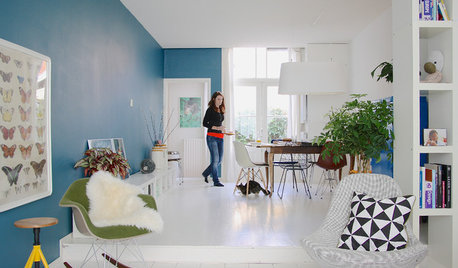
SMALL HOMES28 Great Homes Smaller Than 1,000 Square Feet
See how the right layout, furniture and mind-set can lead to comfortable living in any size of home
Full Story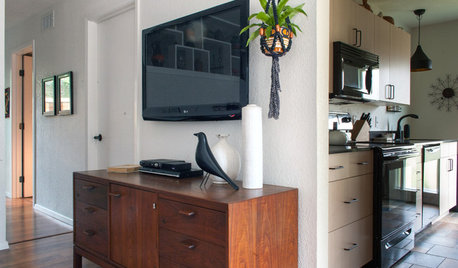
LIFETips for Moving Into a Smaller Space
Downsize with less compromise: Celebrate the positive, pare down thoughtfully and get the most from your new home
Full Story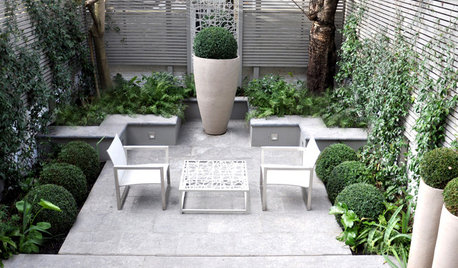
PATIOS25 Big Ideas for Smaller Patios
Make the most of your patio’s shortcomings by playing with scale, color, texture and location
Full Story
REMODELING GUIDESOne Guy Found a $175,000 Comic in His Wall. What Has Your Home Hidden?
Have you found a treasure, large or small, when remodeling your house? We want to see it!
Full Story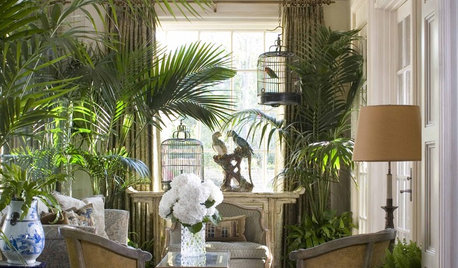
HOUSEPLANTSOne Pot, One Big Shot of the Tropics
Give your rooms exotic flair in a single stroke. Tall Kentia palm fits the tropical bill beautifully
Full Story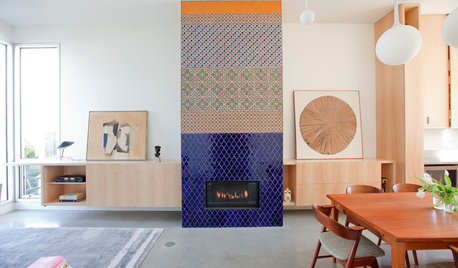
HOUZZ TOURSHouzz Tour: Innovative Home Reunites Generations Under One Roof
Parents build a bright and sunny modern house where they can age in place alongside their 3 grown children and significant others
Full Story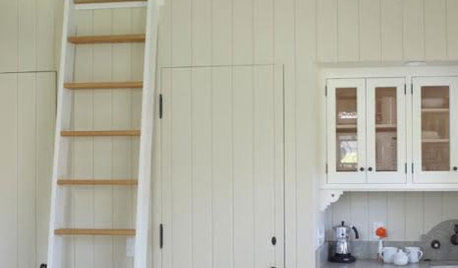
SMALL HOMESEasy Green: 10 Tiny Homes That Live Large
Go ahead, micromanage. These 10 inventive spaces show how to pack a lot of living and style into small square footage
Full Story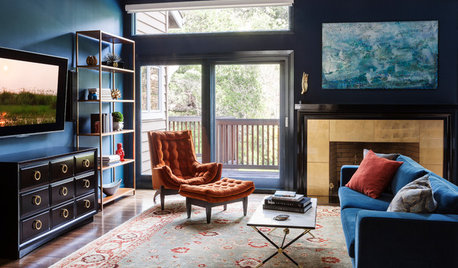
TRANSITIONAL STYLERoom of the Day: Dramatic Redesign Brings Intimacy to a Large Room
The daunting size of the living room once repelled this young family, but thanks to a new design, it’s now their favorite room in the house
Full Story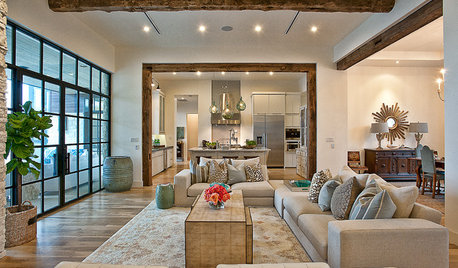
LIVING ROOMSLay Out Your Living Room: Floor Plan Ideas for Rooms Small to Large
Take the guesswork — and backbreaking experimenting — out of furniture arranging with these living room layout concepts
Full Story
DECORATING GUIDES13 Strategies for Making a Large Room Feel Comfortable
Bigger spaces come with their own layout and decorating challenges. These ideas can help
Full Story





roadking
tigerdunes
Related Professionals
Muscoy Solar Energy Systems · Dana Point Solar Energy Systems · Dracut Solar Energy Systems · Frankfort Solar Energy Systems · Greenville Solar Energy Systems · Hinsdale Solar Energy Systems · Lakeville Solar Energy Systems · Palo Alto Solar Energy Systems · Riverside Solar Energy Systems · Voorhees Solar Energy Systems · Brookline Home Automation & Home Media · Fairfield Home Automation & Home Media · West Chester Home Automation & Home Media · Centennial Fireplaces · Lancaster FireplacesJuliaannaOriginal Author
tigerdunes
mike_home
JuliaannaOriginal Author
mike_home
ionized_gw
roadking
ionized_gw
JuliaannaOriginal Author
ionized_gw
jackfre
ionized_gw
jackfre
ionized_gw
ionized_gw
jackfre
ionized_gw
jackfre
ionized_gw